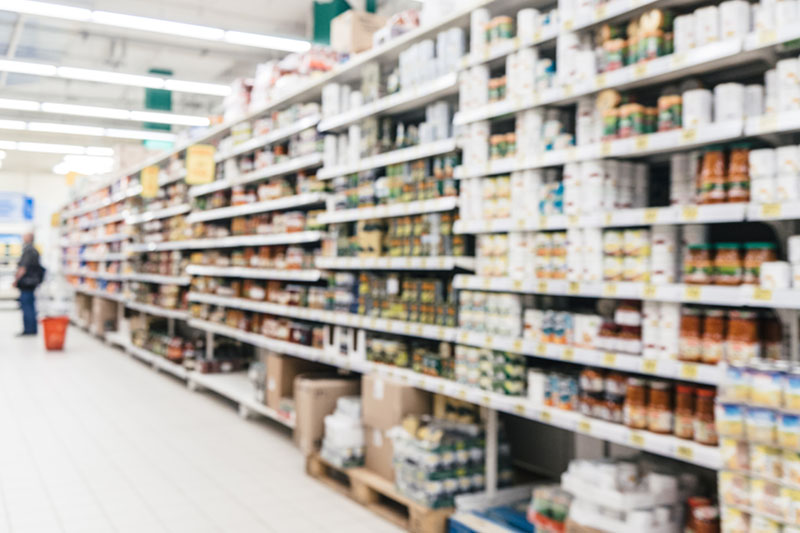Will Brandless Become the Next Great CPG Brand?

Throwing itself into the enormously competitive CPG food and beverage space, Brandless hopes to outcompete traditional retail store brands by offering products that intersect at value and clean label. Recode covers the topic and reports that e-commerce startup Brandless, which markets a range of grocery items and household goods priced at $3, is facing new scrutiny after Edison Trends and Second Measure released data on its transactions, suggesting low customer retention rates. Brandless launched in a highly competitive space occupied by cost leaders like Amazon and Walmart. Other new entrants like Thrive appear to see slightly better retention rates, and analysts foresee challenges ahead for Brandless as it tries to expand its product assortment while building and maintaining perception of its brand as a differentiated e-commerce offering.
Hartman Group Insights: Brandless may be relying too heavily on tactics from conventional retail — a private brand assortment and “dollar store” pricing approach — given its startup status. Large retailers can easily replicate Brandless’ assortment at a larger scale and undercut its value proposition with a lower price point. With a younger target audience that is less brand loyal and more attribute oriented than older generations, it will need to devote more effort to distinctive innovations (up- or downstream) to chart a path for sustainable growth. More on Hartman Group analysis of younger audiences here.
